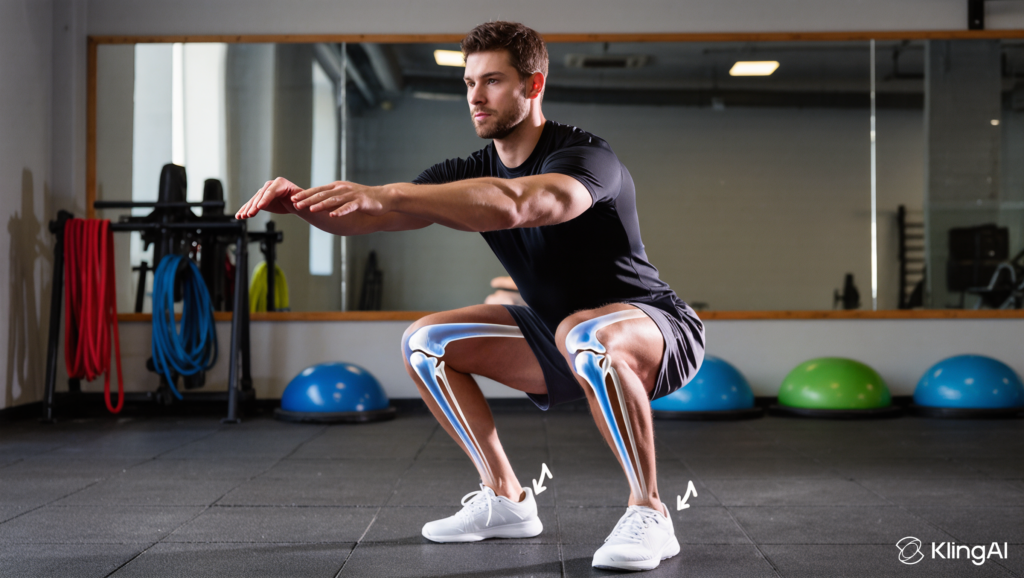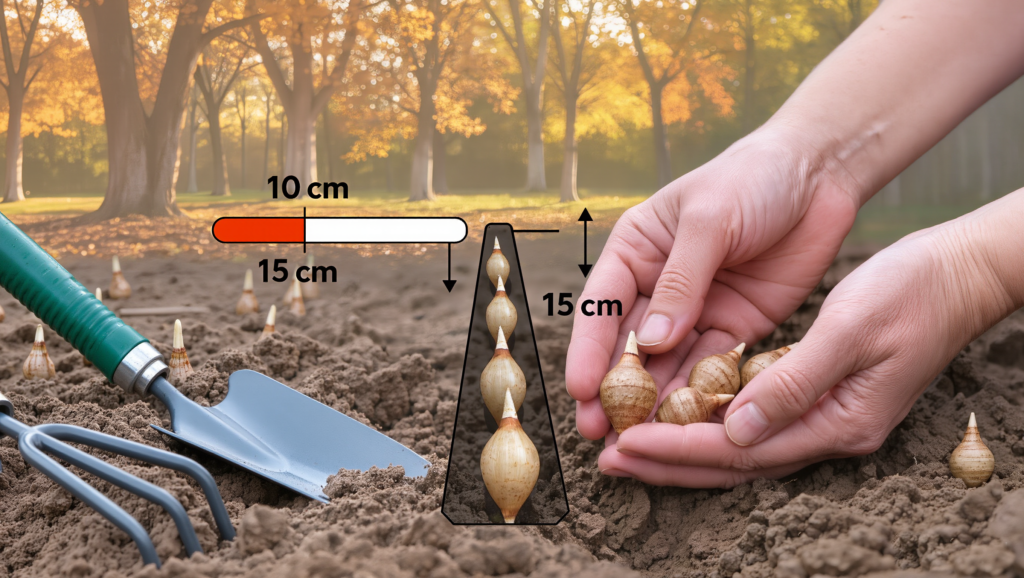Squats are legendary in fitness circles—some swear by them, others fear for their knees. But is the reputation justified? Let’s dig into the science, bust myths, share safer squat strategies, and reveal effective squat alternatives for anyone with knee worries. Tap into expert references, clinical reviews, and actionable form tips to set the record straight—squats aren’t evil for your knees, but technique and context matter big time.
Squats & Knees: What Science Actually Says
Ask around and you’ll hear two camps: “Squats ruined my knees!” vs. “Squats made my knees bulletproof!” Truth is, most research finds that squats are safe for healthy knees when done right, while those with injuries or chronic conditions need to modify or select alternatives.
The big studies:
- Recent systematic review (2024): Out of 15 studies, just one linked deep squats with increased injury risk; the rest found either no increased risk or clear benefits for knee joint health—if performed with good technique.
- Biomechanical reviews: Squats don’t compromise knee stability in healthy folks. In fact, they may enhance stability and strength in the knees and surrounding muscles, crucial for everyday movement and sport.
So, where did the panic come from? Older, poorly controlled studies (think 1960s!) raised alarms about ligament overstretching. Yet, newer research finds no cause-effect relationship between proper squatting and knee injuries for most populations.
When Squats May Hurt
Squats increase compressive forces on the knee joint—especially during deep bending. If the cartilage is already compromised (e.g. osteoarthritis, meniscal tears), or you’re dealing with runner’s knee, deep squats can trigger pain flares. With weak leg muscles or poor technique, force isn’t absorbed well, stressing the knees more than necessary. Good news: most folks can adjust squats or swap for other moves.
Squats: Functional Movement Gold
Don’t forget: squatting is natural! Getting up from a chair, picking something off the floor, or going to the restroom—all basic squat movements. Skipping squats entirely can actually reduce knee mobility and strength over time.
Squat Benefits for Knee Health
- Builds strength in the quadriceps, hamstrings, glutes, and crucial stabilizers around the knee
- Helps maintain bone density and joint health
- Enhances balance, reducing fall risk—especially for older adults
Research finds that athletes, seniors, and non-athletes alike improve leg function and knee mobility with squats. Squats, when performed through a safe range of motion, cause minimal damaging forces if muscles are strong and technique is on point.
Debunking the Deep Squat Myth
Deep squats (“full” or “ass to grass”) often get slammed for being dangerous. Here’s the truth:
- When performed with good form and no added injury risk factors, deep squats are not associated with a higher rate of knee injury than parallel or half squats.
- Most published concerns center on pop culture, not robust clinical evidence.
- Many studies actually show deep squats build greater strength and mobility—key for athletes and injury prevention, provided the knees are healthy and form is correct.
Form > Depth
What does cause problems? Rounding the back, letting knees cave in, lifting heels, piling on too much weight too fast, and ignoring pain signals. These mistakes spike stress on the joints and can lead to injury regardless of squat depth.
The Art of Squatting Safely
Here’s how to squat smarter and safer:
- Set-Up: Keep feet about shoulder-width apart, toes slightly out, whole foot firmly planted.
- Movement: Lower hips first (not knees), keep knees tracking over toes, aim for parallel or go deeper only if fully pain-free.
- Posture: Upright torso, straight spine, braced core, eyes forward. Knees stay in line with ankles, never caved in or shot outward.
- Controlled Pace: Slow descent, steady rise. No bouncing or sudden drops.
- Listen to Your Body: “No pain, MORE gain” isn’t the mantra. If knees hurt or creak, stop! Seek modifications.
Pro tip: Squat in front of a mirror or with a coach. Small tweaks—stance width, toe angle, squat depth—can dramatically dial down knee discomfort.
For those with arthritis, meniscal issues, or chronic knee pain, try wall squats, supported squats, or reach to floor from seated position as safe modifications.
The Best Squat Alternatives for Sensitive Knees
Good news: You don’t need to squat—or squat deep—forever! Plenty of powerful moves give the same lower body magic without stressing the knees:
- Glute Bridge: Lying on your back, feet flat, lift your hips. Hits glutes, hamstrings, and supportive knee muscles—zero knee pressure.
- Sit-to-Stand: Repeatedly rise from a chair and slowly sit down. Builds leg strength through a functional range, easy to scale.
- Box Squat: Lower onto a bench or box, then rise. Controls depth and limits knee strain, perfect for cautious folks.
- Goblet Squat: Hold a light weight at chest, squat with a tight core—keeps you upright and eases pressure on knees.
- Split Squat (Static Lunge): One foot forward, one back; lower into lunge, keeping the front knee vertical—shifts workload away from the knees.
- Leg Press: Let the machine support your back. Carefully control range and resistance, ideal for gym lovers with knee limitations.
- Step-Ups: Step onto low platform, alternating legs. Builds strength, power, and control—knee-friendly if height is limited.
- Floor Bridges/RDLs: Hamstring bridges and Romanian Deadlifts (RDLs) target hips and hams, all without compressing the knee joint.
Key Tips If You Must Squat
- Start Shallow: Only squat to the depth where there’s no pain and you maintain form.
- Progress Slowly: Add weight or increase depth over time—not overnight.
- Mix Up Variations: Try sumo squats, wide-stance, or even single-leg squats for diversity and reduced joint stress.
- Strengthen Around the Joint: Add lateral band walks, hamstring curls, and calf raises.
What If My Knees Hurt Anyway?
If you’re squatting with perfect form and still have pain:
- Take a break from squats—work on mobility, strength, and other lower-body moves.
- See a physiotherapist for personalized tweaks, strength-building guidance, or help identifying movement issues like knee valgus (“caving in”).
- Use modifications: Wall squats, partial squats, or supported squats enable strength gains with less pain.
Chronic or sharp knee pain deserves professional attention. Some knee conditions (severe osteoarthritis, recent ligament injuries, or advanced meniscus damage) are genuine red lights for deep or weighted squats.
Squat Smarter—Not Harder
To sum up, squats remain a top-tier move for building knee and leg strength in healthy individuals, but a personalized approach and vigilant attention to pain signals are crucial. For those with knee problems or risk factors, work with squat alternatives, build strength around the joint, and never sacrifice form for depth or poundage.








